Animals
Win an Elephant

Remember when Bart Simpson won a radio contest and had to choose between a live elephant and lots of cash--and he chose the elephant?
I wonder if that happened back in 1970, when this contest ran?
I wish I could find a better scan to read the fine print. But the first sentence seems to promise the winner a real beast if desired.
Posted By: Paul - Thu Jan 17, 2013 -
Comments (15)
Category: Animals, Awards, Prizes, Competitions and Contests, Television, Cartoons, 1970s
Ozo
This one deserves to be watched in fullscreen mode.
Posted By: Paul - Fri Jan 04, 2013 -
Comments (4)
Category: Animals, Cryptozoology, Family, Babies and Toddlers, Parents, Cartoons
Rat-Killing Lessons, 1907
Back in the day, students were taught the important subjects at school, such as how to kill rats. Here's a description of rat-killing lessons at the Farm and Trade School on Thompson's Island, circa 1907. From Rats and Rat Riddance (1914), by Edward Howe Forbrush:The pictures show the schoolboys showing off their kill, as well as the rats strung up.
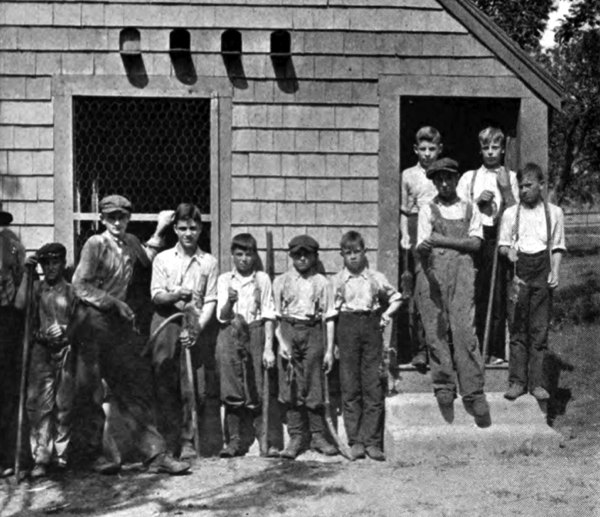
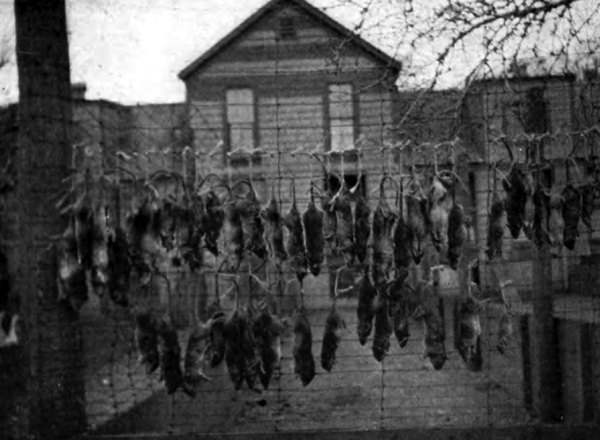
Posted By: Alex - Mon Dec 31, 2012 -
Comments (6)
Category: Animals, School, 1900s
The Frogs’ Bollocks
The Frogs' Bollocks and Other Assorted Bollocks from Stephen Ong on Vimeo.
Safe for Work? Of course! It's like an episode of PBS's Nature.
Posted By: Paul - Thu Dec 27, 2012 -
Comments (5)
Category: Animals, Cartoons, Genitals
1907: Big Year for Faux Gorillas

Original article here.
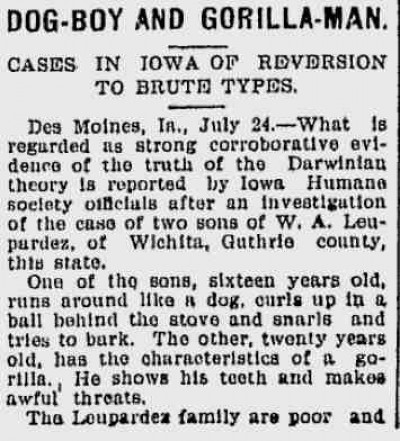
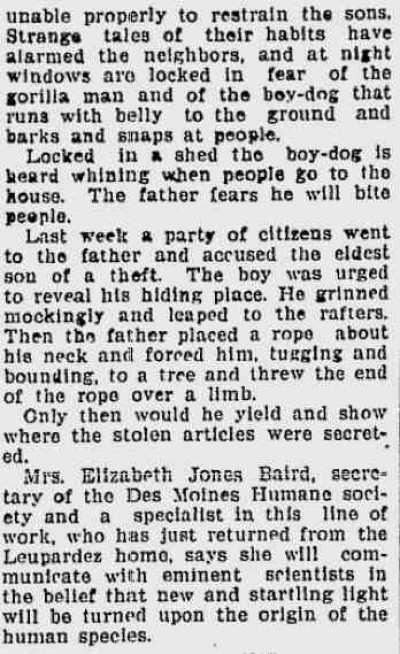
Original article here.
Posted By: Paul - Mon Dec 24, 2012 -
Comments (3)
Category: Animals, Human Marvels, Stereotypes and Cliches, Superstition, 1900s, Fictional Monsters
Dying pigs’ squeal used to sell pianos
Found in Popular Mechanics, October 1907:An ingenious piano salesman travels through the country, taking several instruments with him. To draw a crowd he gives a free evening entertainment with a moving picture machine. Between each series of views he demonstrates on the pianos. One of his pictures shows the progress of events at a packing house. To make the scenes in the killing room realistic he visited the plant and secured some phonograph records of the porkers as they let out some vigorous remarks. Now when the moving picture reaches the pig sticking act, he turns on his phonograph and his visitors can see and hear just as if they were actually present at the original scene of operations.
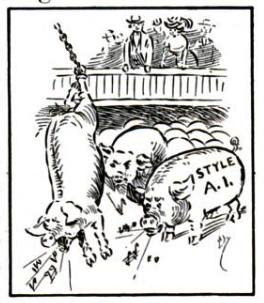
I wonder how many pianos he sold using this method.
Posted By: Alex - Sun Dec 23, 2012 -
Comments (5)
Category: Animals, Music, Advertising, 1900s
Most Disturbing Cartoon Lion Ever

[Click to enlarge]
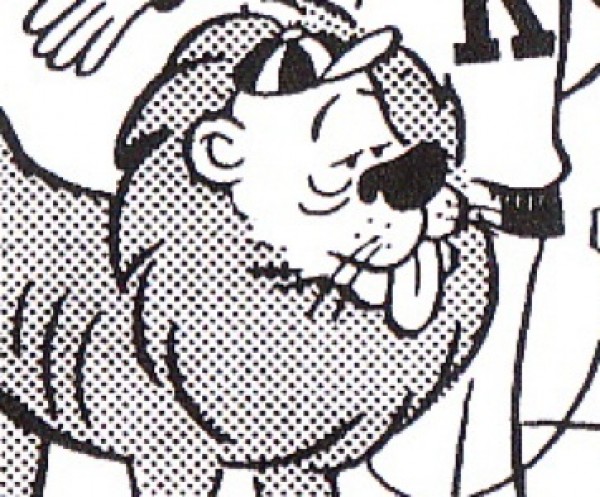
Source of image in Amazon link.
Posted By: Paul - Thu Dec 20, 2012 -
Comments (1)
Category: Animals, Anthropomorphism, Beauty, Ugliness and Other Aesthetic Issues, Comics, 1950s
Ranger Rick
Is Ranger Rick more ghastly and scary than Woodsy Owl? Your call!
You just know, of course, when he's seated at that computer he's surfing for furry porn.
Posted By: Paul - Mon Dec 17, 2012 -
Comments (7)
Category: Animals, Anthropomorphism, Nature, Children, 1960s
Driving Dogs Earn Licenses plus Cartoon Character LIcenses
These dogs drive better than some people I've encountered on the roads.Here's the link to the Metro report about their training -- one of them is still up for adoption.
http://metro.co.uk/2012/12/11/new-zealand-rescue-dogs-pass-their-driving-tests-3311873/
Here's another video about the car modifications and the training.
With Google's self-driving cars and these driving dogs, I wonder who (or what) will be on the road next?
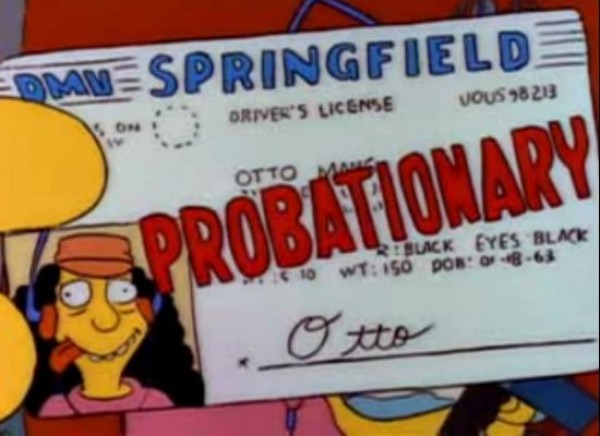
Cartoon characters? Here's a link to some cartoon licenses.
http://www.huffingtonpost.com/2011/07/21/cartoons-characters-drivers-licenses_n_905949.html#s312463&title=Bart_Simpson
Posted By: gdanea - Wed Dec 12, 2012 -
Comments (6)
Category: Animals
How To Carve An Elephant
An illustration for this purpose can be found in a sixteenth-century edition of De Arte Coquinaria (On the Subject of Cooking).
A 1905 article in the Strand magazine provides more info about this work:
The work is divided into ten books, beginning with soups, pickles, and sauces, and proceeding through the whole art of cookery, with hundreds of recipes, the very reading of which makes one's mouth water. For instance, who could resist "virgin sow drest with broth made of pepper, wine, honey, oyl, and stew'd damsons"? Or dormouse sausages? ...
There are many recipes in the book to dress "cramp-fish, that numb the hands of those that touch them; the cuttlefish, whose blood is like ink; the pourcontrel, or many feet, the sea-urchin or hedgehog." ...
Then, again, we are given minute instructions for the carving of beasts whose flesh was esteemed by the ancients. "In partes of Asia and Africa," we are told, "the oliphant is eaten, not as the Romans and Egyptians were wont to do, sparingly and only as pertain'd to his feete, trunk, and tayle all of which were great delicacies, but his entire carcase is carved and consumed." For the benefit of those who might happen to possess an elephant and be tempted to eat him a chart of carving instructions accompanies the text.
Posted By: Alex - Wed Dec 12, 2012 -
Comments (5)
Category: Animals, Food, Books, Sixteenth Century

| Who We Are |
|---|
| Alex Boese Alex is the creator and curator of the Museum of Hoaxes. He's also the author of various weird, non-fiction, science-themed books such as Elephants on Acid and Psychedelic Apes. Paul Di Filippo Paul has been paid to put weird ideas into fictional form for over thirty years, in his career as a noted science fiction writer. He has recently begun blogging on many curious topics with three fellow writers at The Inferior 4+1. Contact Us |




